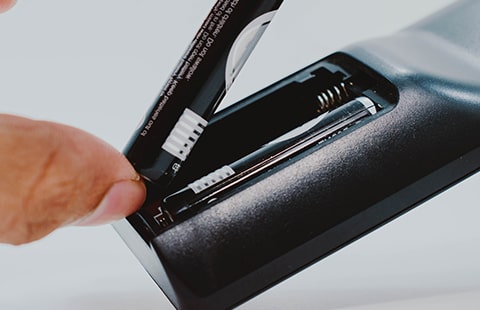Get unique, complex parts easily. No matter your requirements, Chaoyi Spring creates hard-to-produce coil springs and wire forms.
Let us help you create the custom wire form you need, from S-hooks and J-hooks to utility hooks and more.
We work closely with customers across a wide range of industries, helping them design and manufacture made-to-order parts.
Why choose Chaoyi Spring? We prioritize customer-focused collaboration, modern equipment and the latest technology to make your parts per print.
Find the information and guidance you need, from measuring a spring to learning about materials, placing an order and much more.
Springs, those ubiquitous components found in everything from car suspensions to door hinges, are marvels of engineering that store and release mechanical energy. Their ability to compress and expand under


Springs, those ubiquitous components found in everything from car suspensions to door hinges, are marvels of engineering that store and release mechanical energy. Their ability to compress and expand under load makes them essential for a wide range of applications. However, understanding how to maximize spring compression while ensuring safety and longevity is crucial for achieving optimal performance. This guide will delve into the factors that influence spring compression, explore methods to maximize it, and offer practical tips for achieving desired results.

Spring compression refers to the amount of deformation a spring undergoes when subjected to an external force. This deformation is directly proportional to the applied force, a relationship defined by Hooke's Law. The spring constant, represented by 'k,' is a measure of a spring's stiffness, indicating the force required to compress it by a specific distance. A higher spring constant signifies a stiffer spring that requires more force for compression.
The maximum compression that a spring can withstand without permanent deformation is known as its 'spring limit.' Exceeding this limit can lead to spring failure, rendering it unusable. Understanding the spring limit is crucial for determining the safe operating range of the spring.
Several factors can affect the compression of a spring, including:
To maximize spring compression within its safe operating range, consider these strategies:
While maximizing compression is a key concern, understanding other spring characteristics is equally important. These characteristics include:
Maximizing spring compression is an essential aspect of achieving optimal performance in a wide range of applications. By understanding the factors influencing compression, implementing appropriate strategies for maximizing it, and considering other crucial spring characteristics, engineers and designers can ensure that springs perform reliably and efficiently, meeting the demands of their intended applications.
Remember that spring compression is only one aspect of spring performance. For optimal results, consider the entire spectrum of spring characteristics, including spring rate, fatigue resistance, and durability. By taking a holistic approach to spring selection and design, you can unlock the full potential of these versatile components, contributing to the success of your projects and applications.
Browse some of the custom wire forms and springs that we manufacture. Don’t see what you need? We specialize in made-to-order products that meet your application requirements.
Visit Our GalleryNeed a custom wire form or coil spring? We make it work. Fill out the contact form and a representative will respond within 1 business day. If you have a PDF or CAD file, you can submit to request a quote.